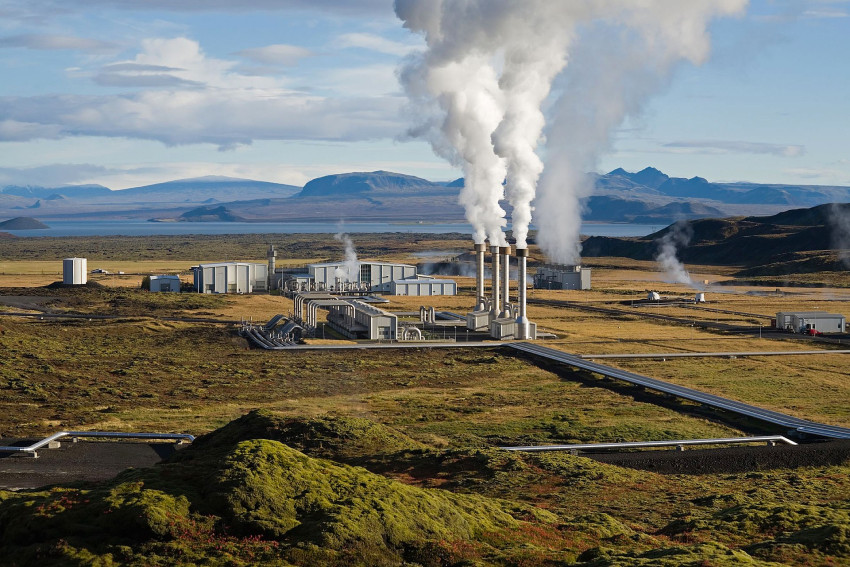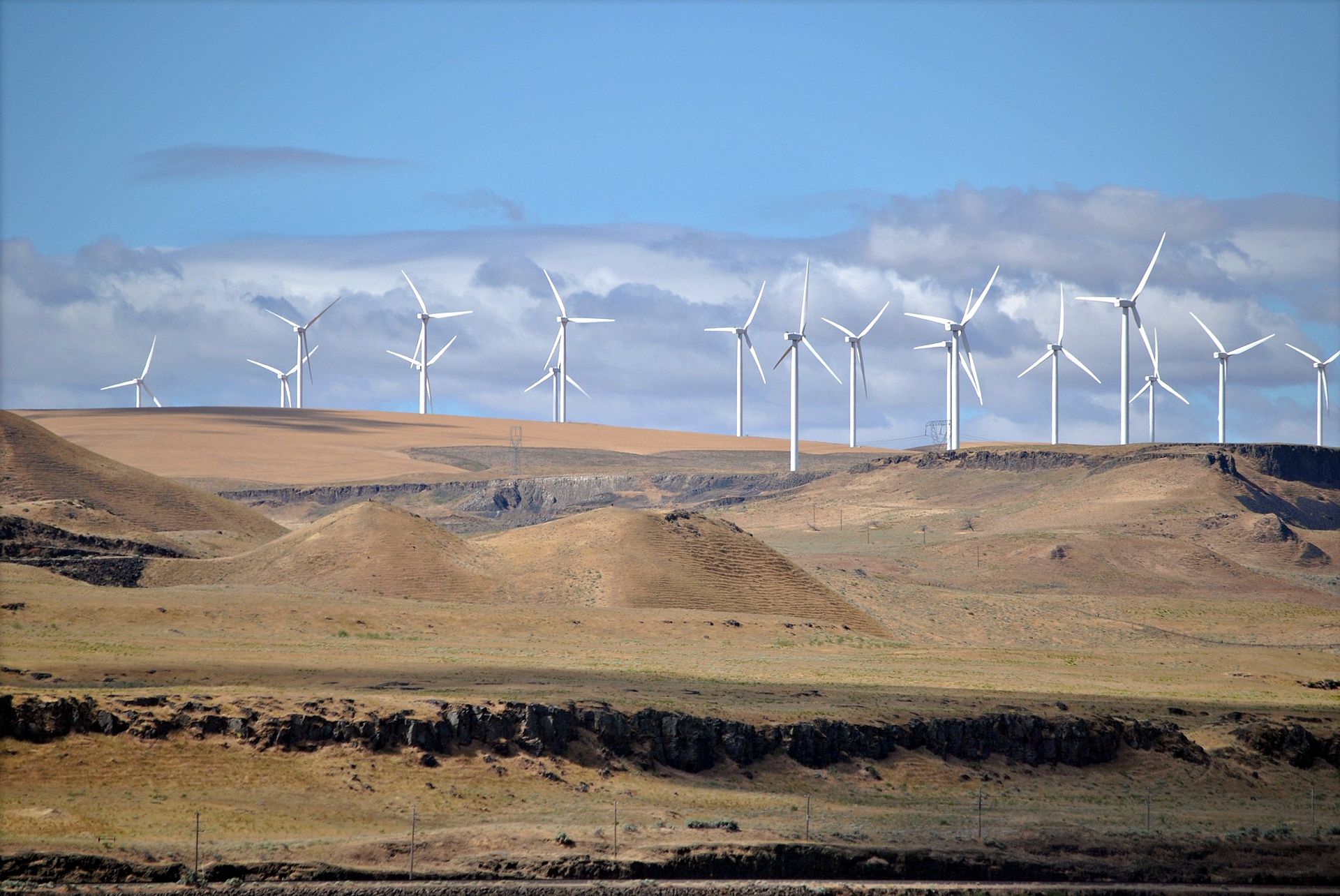
Unlikely that climate targets will be achieved next year
The Dutch government will probably fail to meet its climate goals for 2020, according to new calculations published by the Netherlands Environmental Assessment Agency (PBL) on Friday.
The uncertainty is high, but achieving the intended 25% reduction in CO2 emissions compared to the situation in 1990 is almost certainly doomed. The actual reduction will be between 17 and 24%. The final figure depends on a number of unpredictable factors, including the weather, the economy, and government policy.
Few renewables and insuffficient savings
The other two main goals from the energy agreement, namely a 14 percent share for renewable energy and savings of 100 petajoules, will probably also fall short next year. Renewables will account for a share of 11 to 13%, while energy savings will be somewhere between 52 and 108 PJ.

The Dutch government is on the horns of a dilemma. The courts have twice ruled that the cabinet must meet the targets, in proceedings filed by the Urgenda sustainability foundation. This means preventing nine million tonnes of extra CO2 emissions next year. However, last year the Cabinet said it didn’t want to implement any additional policy for further decarbonisation.
Economic growth
The Netherlands Environmental Assessment Agency drew up these estimates on the basis of developments since the energy agreement was adopted in 2013, and comparisons of the situation with previous estimates. One reason that the intended savings will not be achieved is the growth in the economy, which means more energy consumption. Solar and wind power plants are not accompanying this growth, which means a lower share for renewables.
The energy saving of 100 petajoules, equivalent to the energy consumption of 1.5 million households, will not be achieved, because a significant part of the energy-saving measures will only take effect in or after 2020. In addition, a plan to improve the energy labelling of rented housing has been replaced by a new plan. According to the Netherlands Environmental Assessment Agency, the new plan is too vague for any calculations to be made based on it, so no savings have been achieved in this area.
Solar farm in the USA. The number of ‘solar panel fields’ has also grown in the Netherlands, but not enough for sustainable energy to reach its intended market share. Image: Jesse Allen
Energy imports unreliable
The Netherlands Environmental Assessment Agency acknowledges the wide margin of error in its estimates. However, it says that energy savings are more likely to be on the low side than the high side, because the Netherlands imports a relatively large amount of sustainable and conventional energy. Lots of factors had a negative influence on imported energy over the last few years. Wind speeds were lower than anticipated, and nuclear reactors needed more maintenance or maintenance over a longer period. When imported energy is unavailable, the Netherlands has to turn to its own gas-fired and coal-fired power stations, which has a negative impact on efforts to reduce CO2 emissions.
Image: Geothermal power station in Iceland. Credit: Gretar Ívarsson
Meer artikelen

Een AI-fabriek in Groningen

Gezondheid meten via zweetdruppels
Nieuwste artikelen

Een AI-fabriek in Groningen






